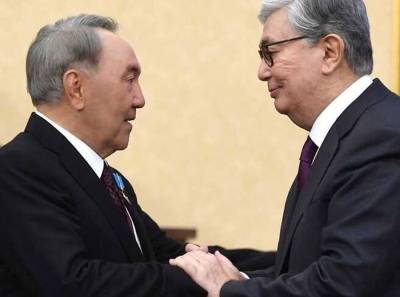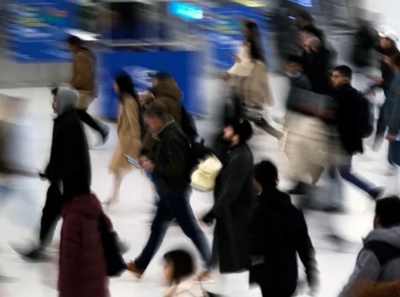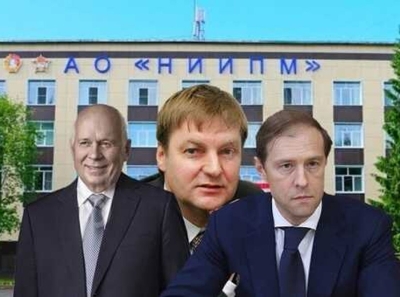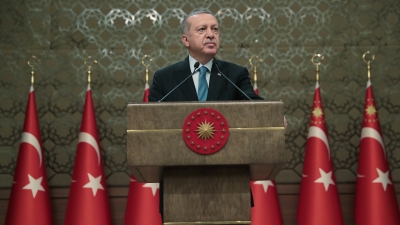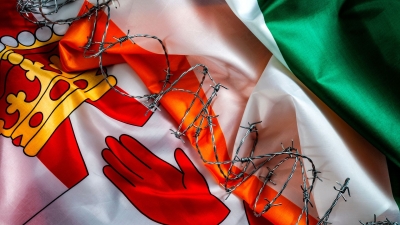Last year, people rose up in revolt against Iran’s mullahs. Iran’s notorious religious police arrested 22-year-old Jina (Mahsa) Amini for not wearing the hijab properly. She was beaten and later died after falling into a coma, triggering unprecedented nationwide protests against the Islamist regime that has been in power since 1979.
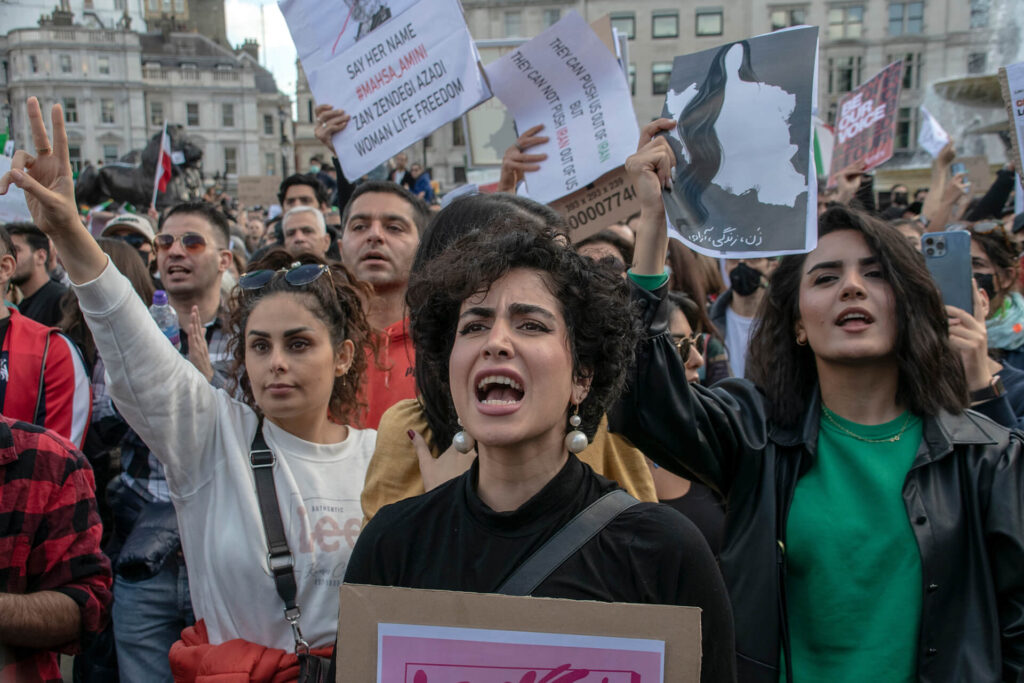
September 16 marks the first anniversary of Amini’s death and the popular uprising’s beginning. This is a good occasion to pose fundamental questions. What has transpired in the aftermath of Amini’s death? Has the popular uprising changed Iran? Has the Islamist regime weakened or has it managed to claw its way back?
The Woman, Life, Freedom Revolution was not the expression of a unified political movement. Not everyone opposes the Islamist regime for the same reasons, and people from every imaginable political stripe took part. The opposition is divided, however, into two main camps, which we can identify as the “progressive” and the “reactionary” opposition.
In the progressive camp fall the various pro-democracy movements of Iran. This includes a wide sweep of ordinary people as well as politically active individuals and organizations ranging from liberal to socialist and secular to Islamist. These currents have popular bases in Iranian society, especially among middle and lower classes as well as the marginalized sections of society such as ethnic, religious and sexual minorities.
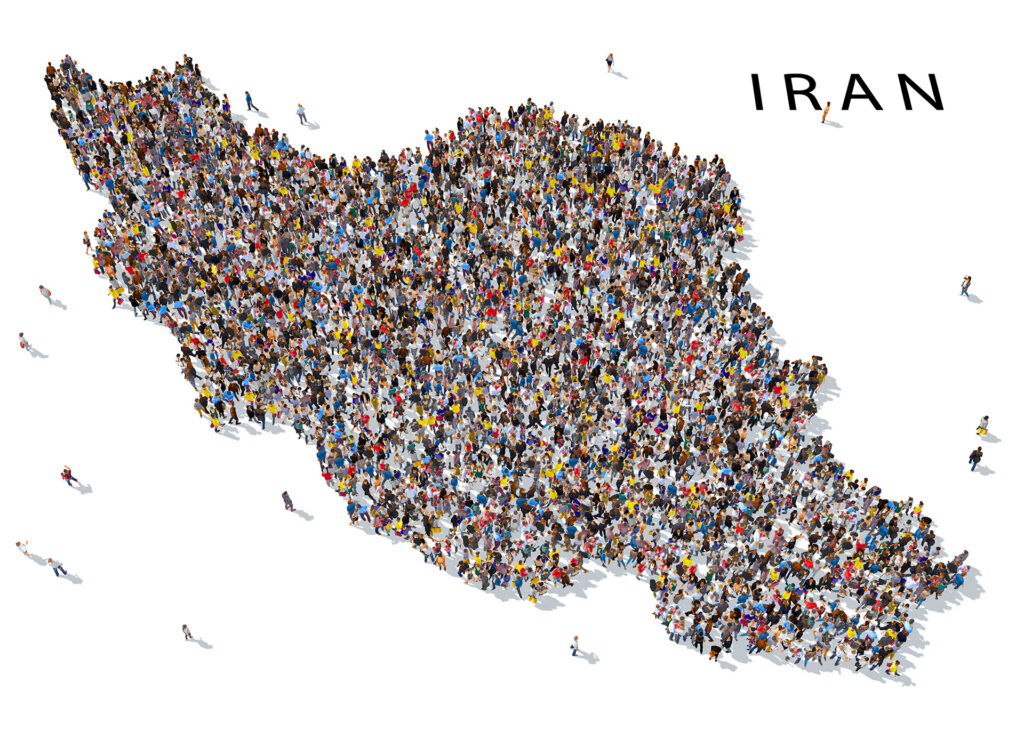
These people typically express their demands through street demonstrations and intend to establish a political system that accounts for liberal democracy, representative rule, ethnic and cultural diversity and decentralization and circulation of power.
The reactionary camp, on the other hand, is authoritarian. It is composed largely of the Pahlavists, who claim to represent the political legacy of Mohammad Reza Pahlavi.
Mohammad Reza Pahlavi ruled Iran as a monarch, or Shah, from 1941–1979, with Western backing. Although the Shah’s regime was pro-Western, it was by no means democratic. It asserted tight control over Iranian society while it enriched the Shah and his allies by selling oil abroad. The Shah sought to modernize the country by promoting secular customs without loosening his grip on power. This alienated many Iranians, precipitating the 1979 revolution that led to an Islamist takeover of the country under the leadership of Ayatollah Ruhollah Khomeini.
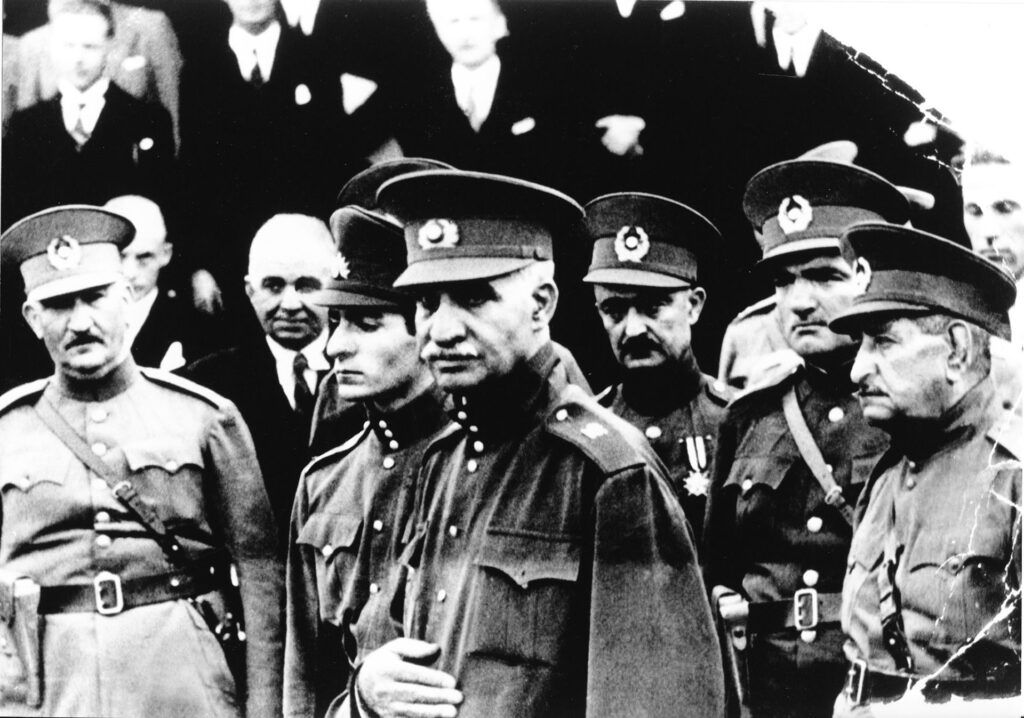
After the revolution, many of the Shah’s wealthy supporters fled to the United States. These émigrés now form an influential community on the American West Coast. Their informal leader is Reza Pahlavi, the Shah’s heir. The group finds a platform for its views in a multimillion-dollar, overseas Persian-language media industry that keeps the memory of the “Good Ol’ Days” alive.
The monarchist old guard in LA and elsewhere, however, are not the ones who have been the most active in Iran’s recent unrest; these latter are the “Pahlavists.” They are mostly composed of people affiliated with the Islamic Republic, both inside and outside of Iran. These include members of the Revolutionary Guards (a military force, distinct from the army, tasked with defending the Islamic Republic and its hardline Shia ideology) and the security forces. They also include people who had formerly been supporters of the Islamist regime but now have ostensibly become supporters of Reza Pahlavi.
These types claim that the monarchy should be restored with Reza Pahlavi as the Shah. They harshly attack supporters of democracy in Iran. They exhibit reprehensible intolerance towards Arabs and Jews, as well as towards those with different social or cultural values. Their reactionary rhetoric advocates positions that even the classic monarchists in LA would not dare support.
In my opinion, and the opinion of many other pro-democracy analysts and activists, the Pahlavists’ main function is to push back against democratic aspirations and democracy activists on behalf of the regime. They pose as if they did not work to advance the regime’s agenda but acted within the boundaries of the opposition. In so doing, they hope to command legitimacy among the Iranian people and the international community.
However, the Pahlavists can also have a secondary, more subtle function. Some of those who hold positions of power within the regime might hope to use the Pahlavists as a Plan B. That is, if the regime comes to a point of no return and is about to fall, those elites can utilize the Pahlavists to facilitate Reza Pahlavi’s ascension to the throne so that they can hold on to their privileges. That is to say, the Islamist elite could cling onto the legitimacy of the monarch, just as Spain’s Francoist elite did after the restoration of that country’s monarchy.
Reza Pahlavi is now in a similar position to that of Juan Carlos in the early 1970s, and there are obvious signs that at least parts of the Revolutionary Guards and the regime’s security apparatus promote him at the expense of democracy activists. Pahlavi himself has openly said that he is in touch with the Revolutionary Guards. He has even repeatedly proclaimed that anti-regime protesters must embrace the IRGC instead of fighting it and that the Guards should remain employed in positions of power after the fall of the Islamic Republic.
What is clear, then, is that the reactionary camp does not represent the demands of the ordinary people and those who want democracy, but the interests of power and wealth inside and outside of Iran.
The Woman, Life, Freedom Revolution at its peak had two major stages. I call the first the “real revolution.” At that stage, democracy was the central aspiration of the revolutionaries. Activists were focused on pulling down the entire system of the Islamic Republic, liberating women and empowering disadvantaged groups of people.
The revolution was a truly postmodern one, and its characteristics proved profoundly different from classic revolutions. Most important of all, it did not have individual or group leadership. Rather, its many leaders were scattered across the country and the world, but were closely connected horizontally via the Internet and local networks. The protestors used these channels to exchange ideas and plan demonstrations. They organized defense strategies as the regime launched a brutal crackdown. Different layers of society inside and outside of Iran coordinated with each other in order to confront the Islamic Republic and let the world know that Iranians wanted to establish democracy.
At this stage, the most progressive and egalitarian ideals were at the heart of the revolution. The emancipation of women was at the forefront, alongside the liberation of sexual minorities. Revolutionaries advocated pluralism, multiculturalism and multi-ethnicity. They aimed to transform Iran’s historically centralized power structure by devolving governance in Iran. They demanded the rule of law and civil and political rights, which would apply to all people equally, regardless of their origin and background. For these and many other reasons, the Woman, Life, Freedom Revolution might have been the most progressive revolution in the modern history of the world so far.
But this upswelling of revolutionary ideas was not to last. The initial stage of the revolution gave way to what I call the “fake revolution.” The Revolutionary Guards promoted the Pahlavists as a front organization and sought to bridle the democratic aspirations of the uprising and drive the popular revolution in an anti-democratic direction.
The Pahlavists attempted to impose a top-down dictatorial leadership on the diverse revolutionary people and groups. They abused — verbally and sometimes physically — Reza Pahlavi’s critics as “leftists” and “separatists.” Contrary to the pluralism and progressivism that characterized the authentic revolution, the Pahlavists propounded reactionary ideas like patriarchy, absolutist monarchy and extreme nationalism.
When their attempt to make a charismatic leader out of the playboy prince failed, the regime’s agents of influence, exploiting the mainstream Persian media overseas, pulled out all the stops to create a council of celebrities centered on Reza Pahlavi to lead the ongoing revolution. However, most of these people, including Reza Pahlavi himself, had neither an organic connection with the protesters in Iran nor the necessary experience and expertise to deal with a revolutionary situation. As a result, they were soon reduced to vitriolic infighting which led to the collapse of the celebrity council.
The Pahlavist pseudo-revolution failed to gain any traction. It succeeded only in sucking the life out of the authentic revolution. The marginalization of pro-democracy activists made protesters on the ground lose their motivation to demonstrate and to fight back against the regime. This bought the Islamic Republic enough time to make peace with its foreign adversaries, suppress most of the domestic protests and come back from the brink.
The Woman, Life, Freedom Revolution has significant strategic implications for the future. Most importantly, it has fully exposed the unbridgeable chasm between the libertarian and the authoritarian forces among opponents of the regime. Before the revolution, this gap was not fully exposed, as various trends only engaged in routine rhetorical battles. But the revolution forced everyone to stand up for their values and tested their conduct in the field of action. Pahlavists and reactionaries can no longer credibly pose as revolutionaries.
[small-newsletter-white]
Although they have suffered a setback for now, on the timescale of history pro-democracy forces have a fair chance to determine the political future of Iran. The valuable experiences they gained during the revolution have enabled them to see the situation on the ground more clearly and brought them closer together despite their differences. Their strong support of each other in the face of the joint attacks by the regime and the Pahlavists shows that Iranian democracy activists have reached a level of maturity and inclusivity that would not have become possible without the revolution.
In the end, the future of Iran will be decided by the battle, not simply between the “opposition” and the “regime,” but between the supporters of democracy and the combined authoritarian forces of the Pahlavists and the Islamist regime.
The views expressed in this article are the author’s own and do not necessarily reflect Fair Observer’s editorial policy.
You must be logged in to post a comment.
There has been a critical error on this website.
Learn more about troubleshooting WordPress.






